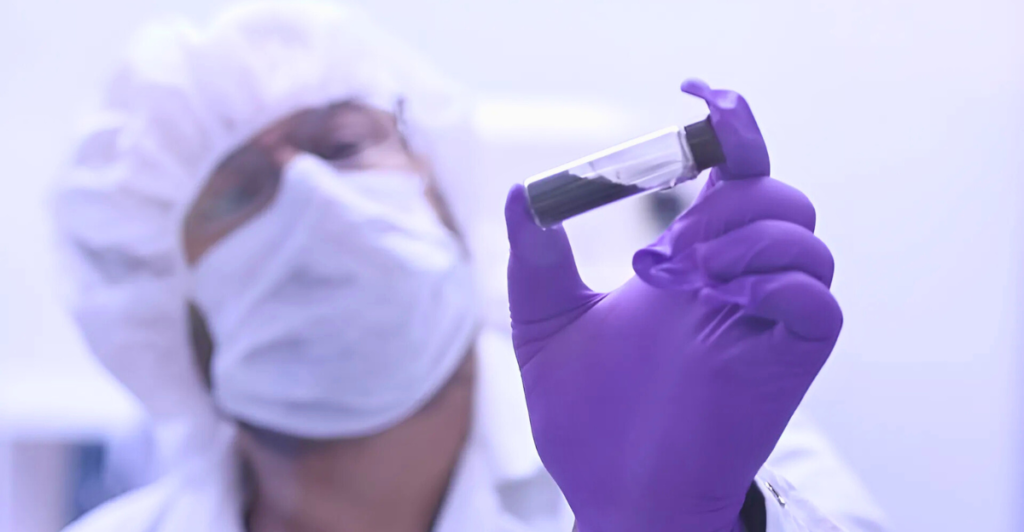
In November 2022, a significant discovery was made that could reshape our understanding of life beyond Earth. Matthew Genge, a planetary scientist at Imperial College London, was examining a tiny speck from the asteroid Ryugu under a scanning electron microscope when he noticed something unusual. This seemingly innocuous grain revealed rod-shaped tendrils of organic matter that had never been seen before. Initially, Genge and his colleagues speculated that they might have stumbled upon extraterrestrial life brought back to Earth in the samples collected by the Japan Aerospace Exploration Agency (JAXA) during its Hayabusa2 mission.
The Hayabusa2 Mission
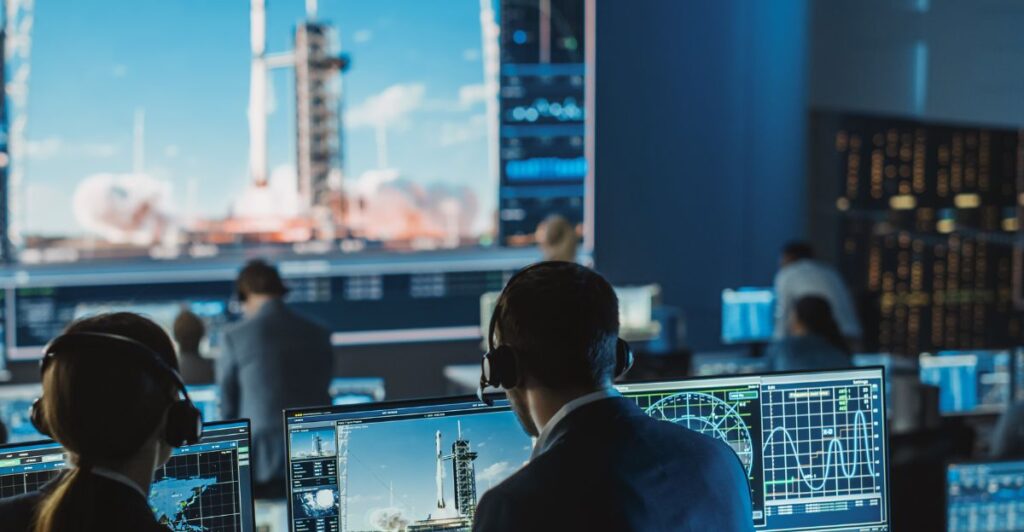
The Hayabusa2 mission, which successfully collected samples from the asteroid Ryugu in 2019, aimed to provide insights into the origins of our solar system and the building blocks of life. The samples were returned to Earth in an airtight capsule and delivered to a remote site in Australia in late 2020. After careful cataloging in sterile conditions, these samples were distributed to researchers worldwide for further analysis. Genge’s team was fortunate enough to receive some of these precious materials contained within nitrogen-filled sealed containers designed to prevent contamination.
Initial Excitement Turns to Realization
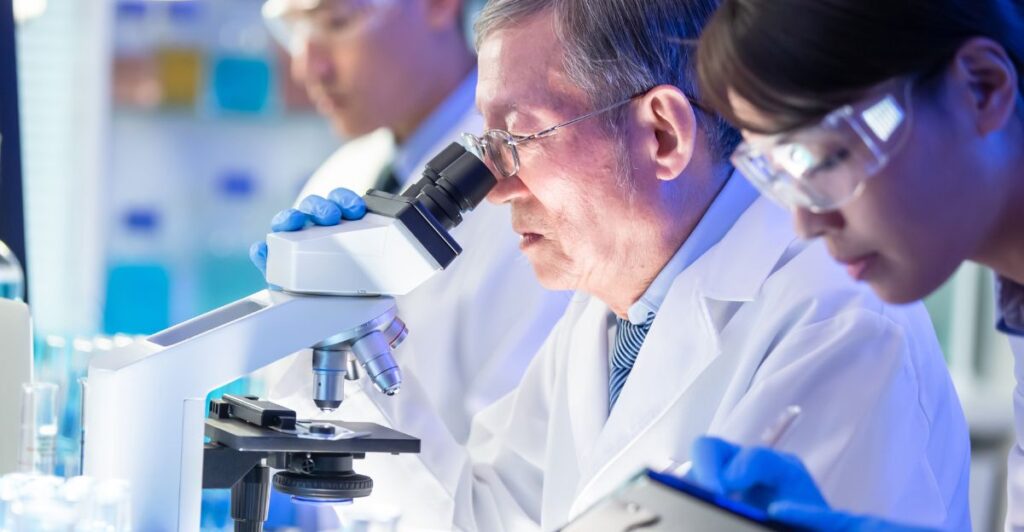
As Genge and his colleagues examined the organic tendrils, their initial excitement about discovering alien life quickly turned into skepticism. The microscopic filaments appeared to behave like earthly microbes, consuming nutrients from the Ryugu sample and multiplying rapidly before succumbing to the intense scrutiny of the electron microscope. This observation led them to conclude that the organic matter was likely not extraterrestrial but rather terrestrial microorganisms that had contaminated the sample despite rigorous precautions taken during its handling.
The Importance of Reporting Findings

Acknowledging the implications of their findings was crucial for Genge and his team. “It’s a bit embarrassing,” he admitted, emphasizing the importance of honesty in scientific research. The incident serves as a reminder that even with stringent protocols in place, contamination can occur, leading to misinterpretations of data that could have far-reaching consequences for our understanding of life beyond Earth.
Challenges of Sample Contamination
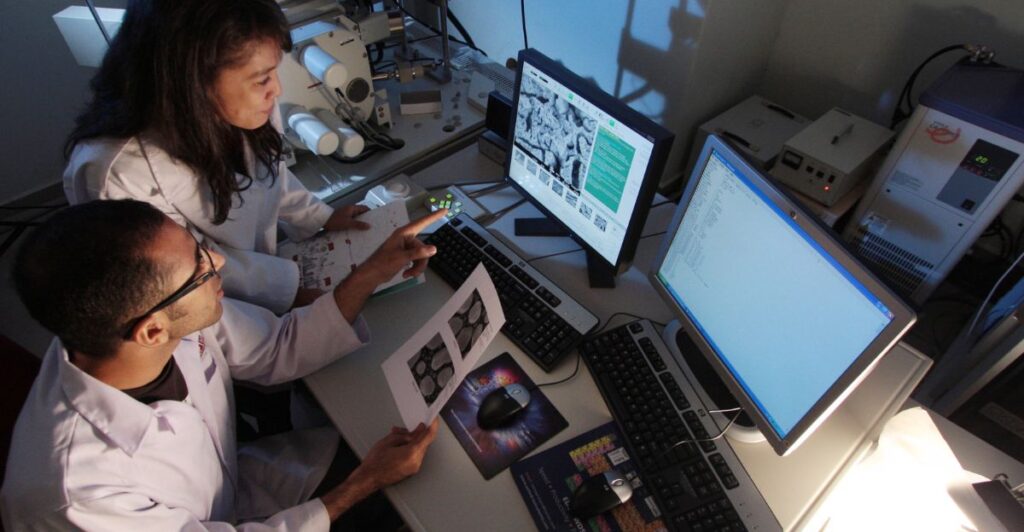
The contamination incident highlights significant challenges faced by scientists working with samples from primordial asteroids like Ryugu. These celestial bodies are often rich in carbon-based organic molecules, making them ideal candidates for harboring signs of life. However, as astrobiologist Andrew Steele noted, even the most meticulous protocols cannot entirely eliminate the risk of earthly contamination. The incident underscores the need for continuous advancements in technology and methodology to safeguard against such occurrences.
Handling Procedures Under Scrutiny
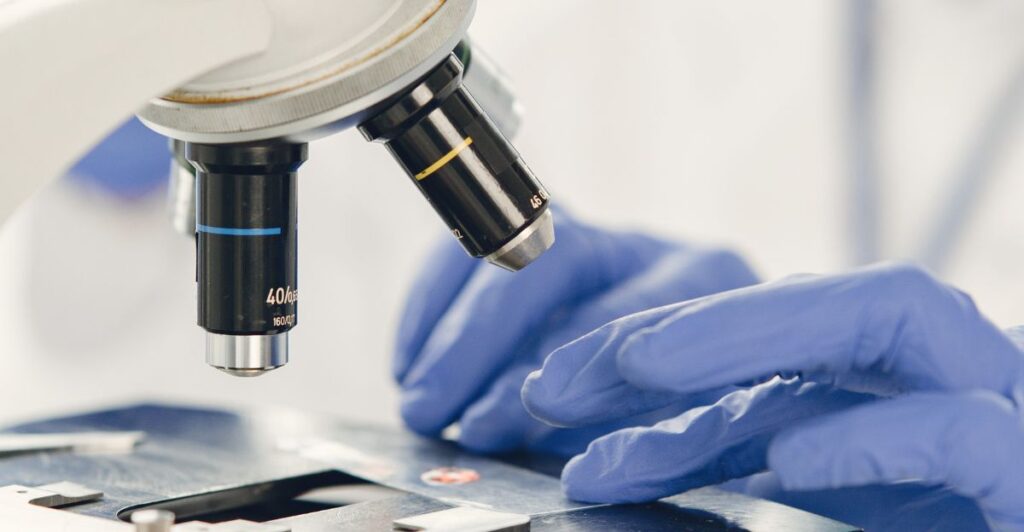
The contamination likely occurred during a preparatory step at the Natural History Museum in London when Genge’s team removed the grain from its protective container for polishing. While JAXA’s facilities are designed to minimize contamination risks, researchers working outside such environments face greater challenges. Genge pointed out that even a single bacterial cell could lead to contamination, emphasizing the importance of careful handling throughout the research process.
Curation Standards and Protocols

Toru Yada from JAXA stressed the significance of maintaining high curation standards during mission development. The agency’s stringent protocols cover every aspect of sample handling—from spacecraft construction to recovery—ensuring that contamination is minimized as much as possible. However, once samples are distributed globally, the risk increases significantly as different laboratories may not have access to similar facilities or protocols.
Identifying Microbial Origins
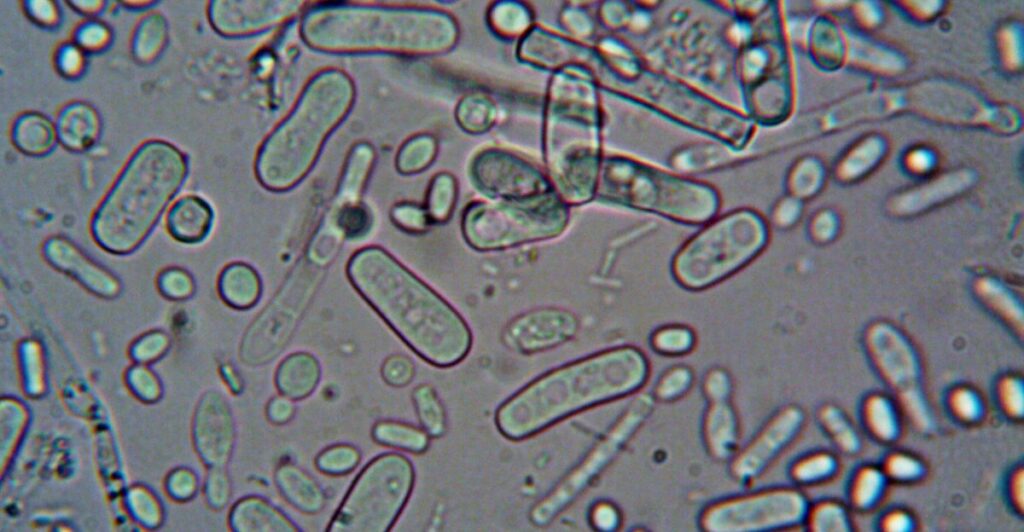
Genge speculated that the rod-shaped structures observed might belong to bacteria from the genus Bacillus, known for their resilience in extreme environments. Unfortunately, definitive identification through DNA testing was not feasible due to a carbon coating applied during analysis. Previous studies have shown that extraterrestrial materials can contain organic compounds capable of supporting life for extended periods; however, distinguishing genuine microfossils from abiotic processes remains a complex challenge.
Caution in Future Discoveries

Astrobiologist Manasvi Lingam emphasized the need for caution when interpreting potential biosignatures found in extraterrestrial samples. The Ryugu contamination incident serves as a critical lesson for future missions exploring other celestial bodies. As scientists continue their search for signs of life on Mars and beyond, they must remain vigilant against human-induced contamination.
Historical Context
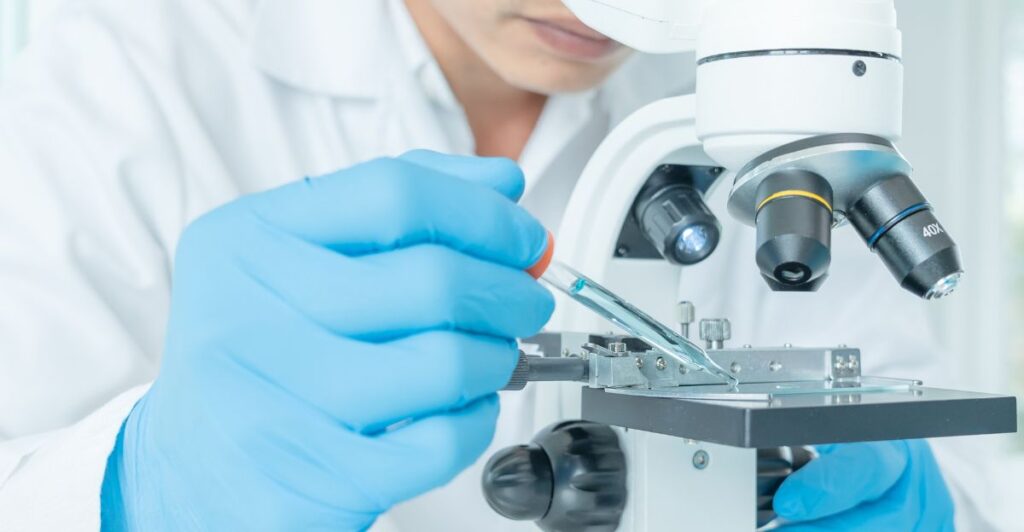
Historically, issues with contamination have plagued space missions; just a decade ago, NASA faced criticism over bacteria from human sources infiltrating its Surveyor 3 spacecraft returned from the Moon. Advances in clean-room technology and protocols have improved since then; however, challenges remain as scientists explore new frontiers.
Future Missions and Protocols
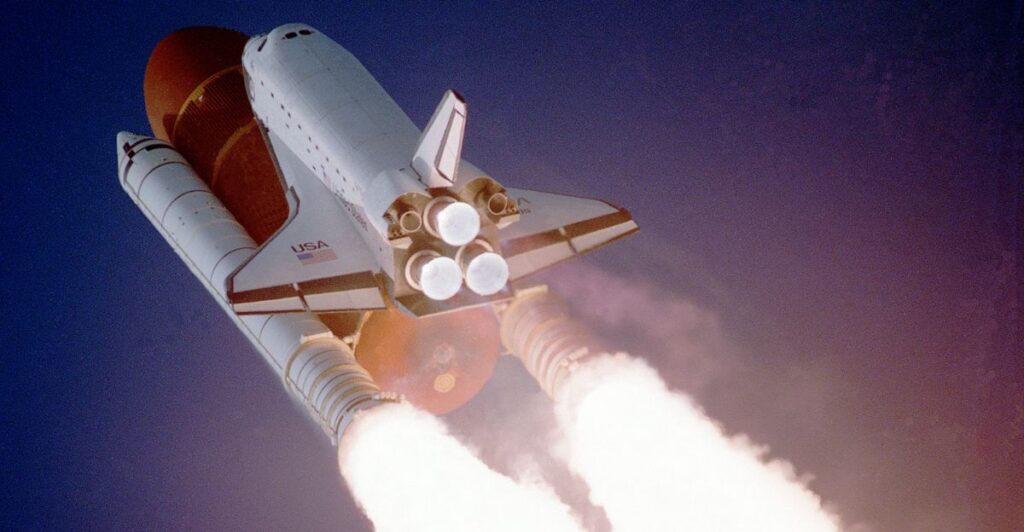
Looking ahead, NASA’s Mars Sample Return program aims to analyze carefully selected Martian materials with an emphasis on organic-rich samples and potential biosignatures. Enhanced cleaning protocols and comprehensive sterilization efforts are critical components of ongoing research aimed at preventing contamination during future missions.
Lunar Sample Considerations

Closer to home, lunar samples collected during Apollo missions present different challenges regarding microbial contamination due to their harsh environments lacking essential energy sources for most organisms. However, future missions like NASA’s Artemis III could change this dynamic by returning samples from more hospitable regions on the Moon.
Global Collaboration on Sample Curation
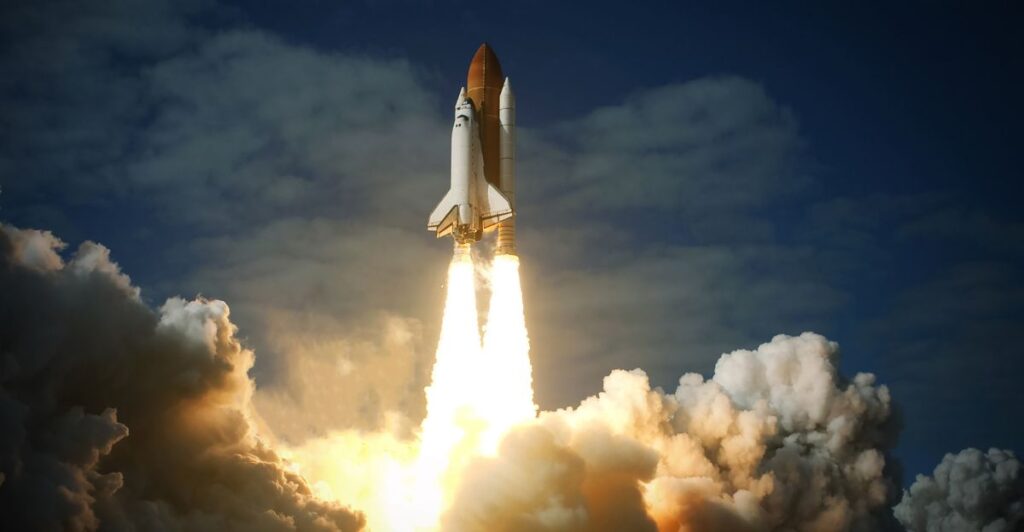
As JAXA prepares for its Martian Moons eXploration mission set for 2026, Yada highlighted ongoing efforts to monitor environmental conditions during spacecraft construction and develop handling protocols for returned samples. Sharing curation procedures with the global scientific community is essential for ensuring confidence in interpreting scientific results derived from these valuable materials. In summary, while the initial excitement surrounding potential alien life discovered in asteroid samples turned into a lesson about contamination risks inherent in scientific research, it also opens new avenues for understanding how we can better handle extraterrestrial materials in future explorations.
Discover more of our trending stories and follow us to keep them appearing in your feed

Deepest Hole On Earth Permanently Sealed After 2 Billion Year Old Discovery
Scientists Are Bringing Back The Wooly Mammoth
There Will Be Eruptions”: Concerns Mount as Yellowstone Supervolcano Activity Shifts
Bobcats Are Making a Comeback—And They Might Be Protecting Us From Disease
References:
Reference 1
Reference 2
This article first appeared here
Stay connected with us for more stories like this! Follow us to get the latest updates or hit the Follow button at the top of this article, and let us know what you think by leaving your feedback below. We’d love to hear from you!







